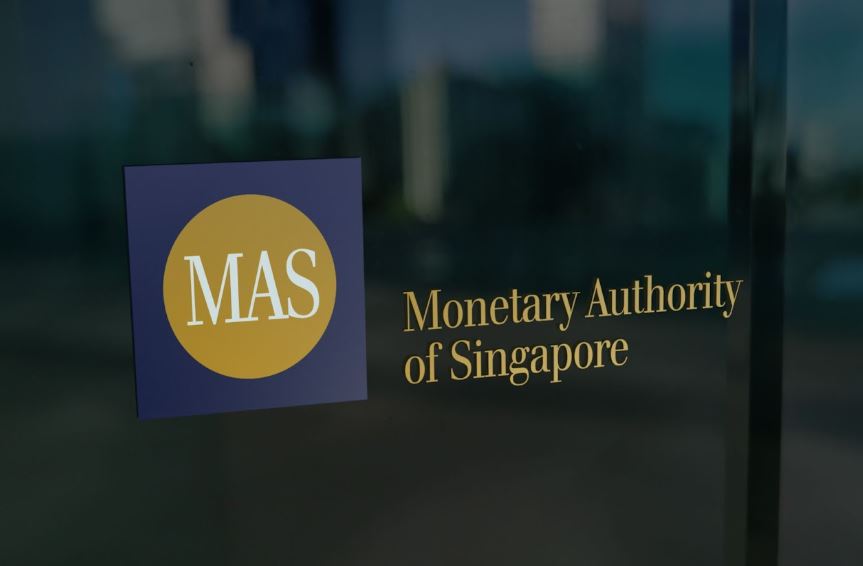MAS eases monetary policy for the first time since 2020

The central bank of Singapore, also known as the Monetary Authority of Singapore (MAS) eased its monetary policy for the first time in nearly five years since the pandemic, citing a faster-than-expected decline in inflation and slower economic growth on the horizon. The decision, announced on Friday, addresses the need for immediate economic stability support as global and domestic risks weigh on the city-state’s outlook.
The MAS slightly reduced the slope of the Singapore dollar nominal effective exchange rate (S$NEER) policy band, which will slow the rate of currency appreciation. The width of the policy band and its central level remain unchanged, maintaining flexibility for further adjustments. Unlike most central banks that rely on interest rates, Singapore manages monetary policy through its exchange rate to stabilize inflation and sustain trade competitiveness.
The central bank now forecasts core inflation to average between 1% and 2% in 2025, down from its previous projection of 1.5% to 2.5%. Core inflation, which excludes private transport and housing costs, has cooled steadily from its January 2023 peak of 5.5%, reaching 1.8% in December 2024. Meanwhile, the headline inflation is expected to remain between 1.5% and 2.5%.
Singapore’s economic growth is also slowing. After achieving 4% GDP growth in 2024, MAS now expects it to lower to 1% to 3% in 2025, as global trade softens and external uncertainties mount. Key risks include weaker global demand, ongoing trade policy shifts and challenges to the manufacturing and trade-related services sectors.
The MAS noted that imported costs will likely remain moderate, supported by lower global oil prices and ample food commodity supplies. Due to increased government subsidies, inflation for essential services such as healthcare, preschool education and public transport is expected to ease further. While trade frictions may create inflationary pressures for some economies, the MAS anticipates that weaker global demand will offset such risks in Singapore.
According to economists, the MAS’s decision to ease policy reflects growing confidence in the disinflation trajectory, as core inflation continues to reduce. Business costs and wage pressures remain contained, contributing to a favorable inflation outlook. However, the central bank remains vigilant, closely monitoring both external uncertainties and domestic indicators, including the labor market.
Following the announcement, the Singapore dollar slightly dipped against the U.S. dollar, while the Straits Times Index edged higher. Analysts remain divided on whether the MAS will implement further easing later in 2025, depending on how growth and inflation unfold in the months ahead.



